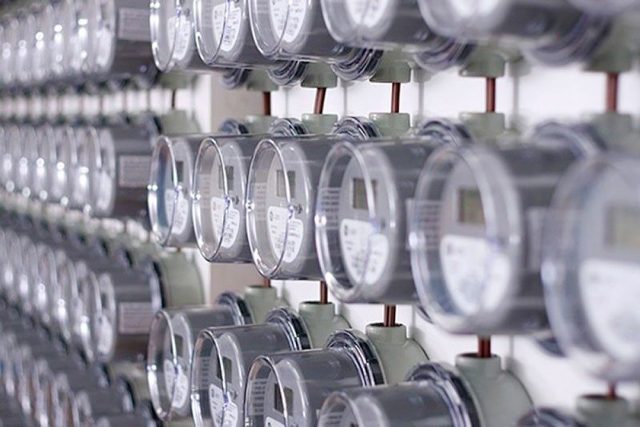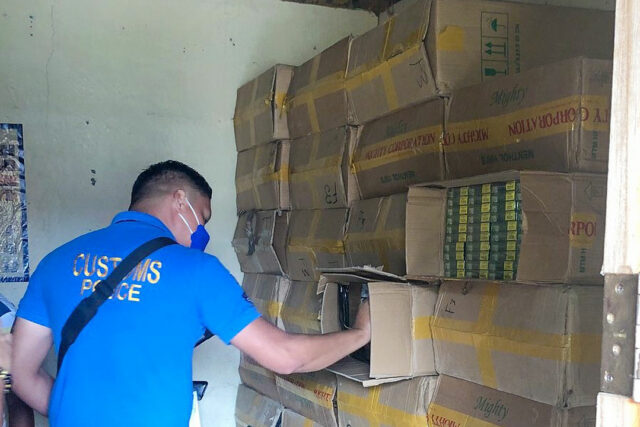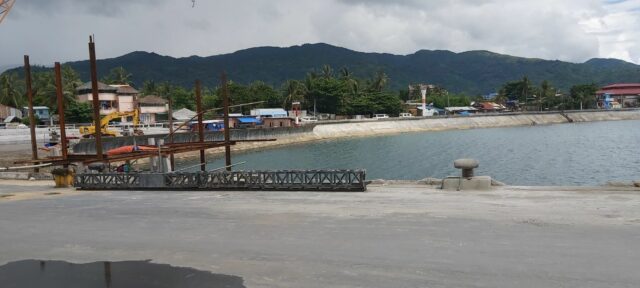Sandiganbayan upholds Estrada’s acquittal
THE PHILIPPINES’ anti-graft court has rejected a plea filed by state prosecutors to reconsider its earlier decision reversing bribery charges against Senator Jose “Jinggoy” P. Ejercito Estrada in connection with a multibillion-peso pork barrel scam.
In an eight-page resolution dated Nov. 27, the Sandiganbayan Special Fifth Division said that prosecutors failed to present new arguments against the court’s earlier ruling overturning Mr. Estrada’s bribery cases.
The court added they could not appeal the acquittal as it is against the rule of double jeopardy, which prevents someone who has been acquitted of being charged with the same crime.
“At the outset, the issues raised by the prosecution were already discussed rigorously in the assailed resolution and there is no need to belabor the same. It would be a useless ritual for the Court to reiterate itself,” the resolution, penned by Maria Theresa V. Mendoza-Arcega, read in part.
“Besides, the instant motion seeks to revisit the factual findings of Mr. Estrada’s acquittal that would place the latter in double jeopardy,” it added. “His acquittal cannot be assailed under the guise of a motion for reconsideration.”
In a resolution, dated Aug. 22, the anti-graft court reversed an earlier decision convicting Mr. Estrada of one count of direct bribery and two counts of indirect bribery as the prosecution failed to prove that the senator had received alleged kickback from businesswoman Janet Lim-Napoles.
The pork barrel allowed legislators to fund small-scale projects in their districts that fell outside the national infrastructure program. The Supreme Court voided the practice in 2013 for being illegal. — Kenneth Christiane L. Basilio












